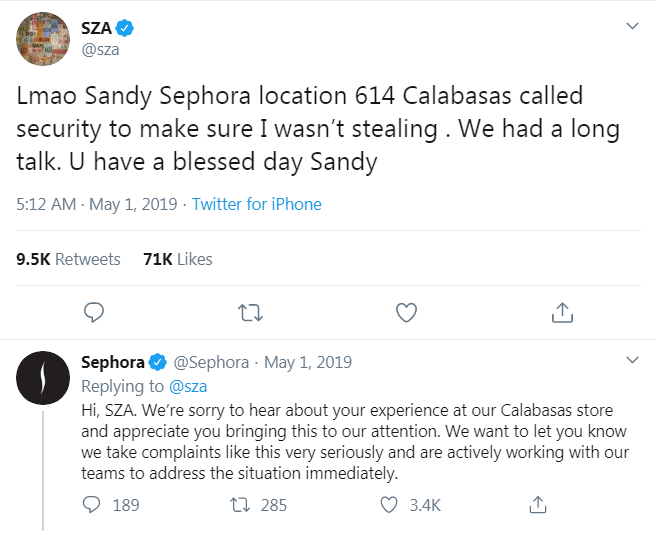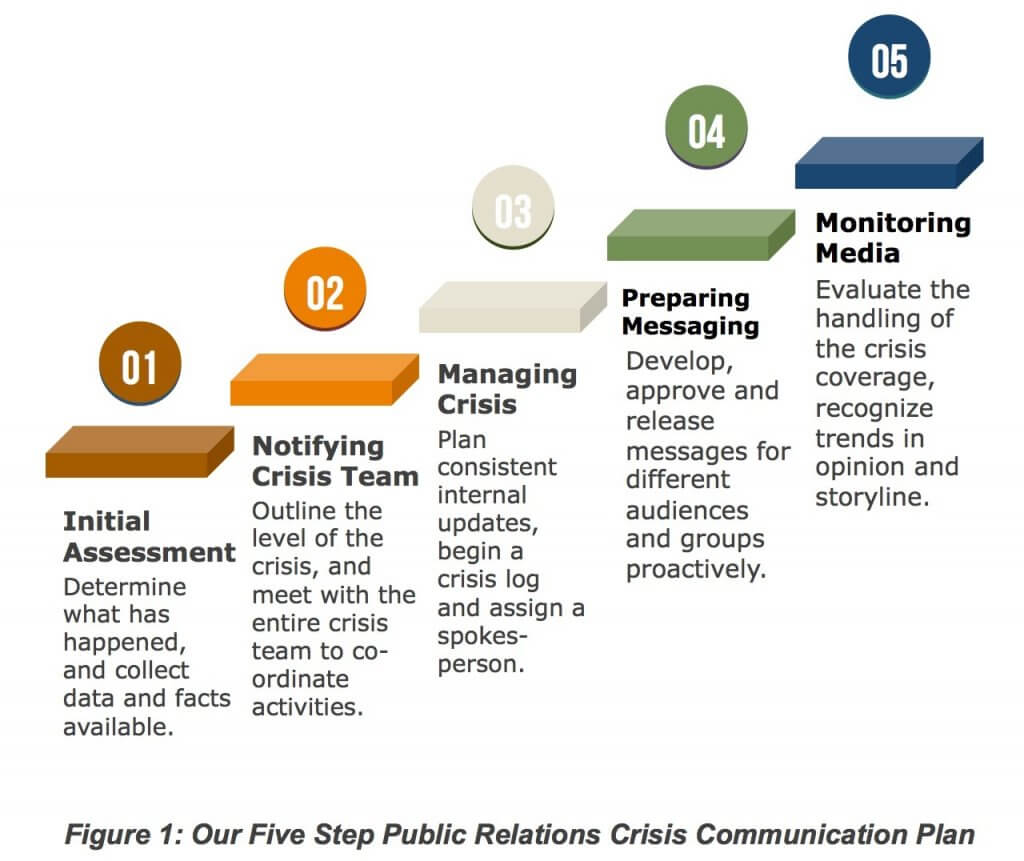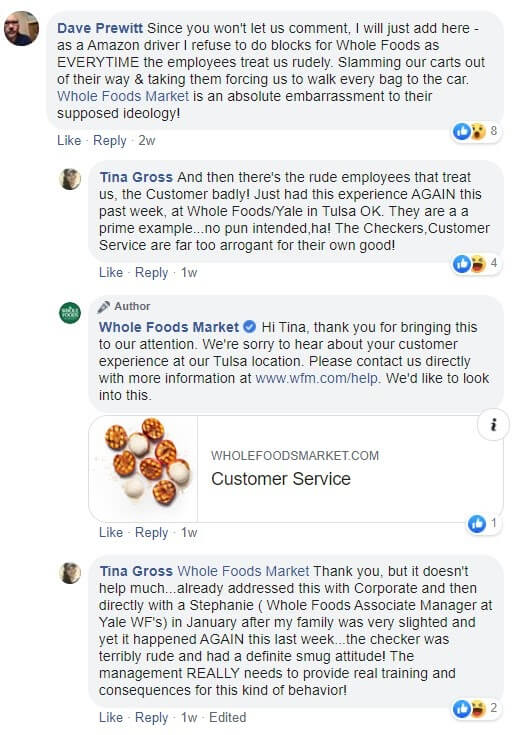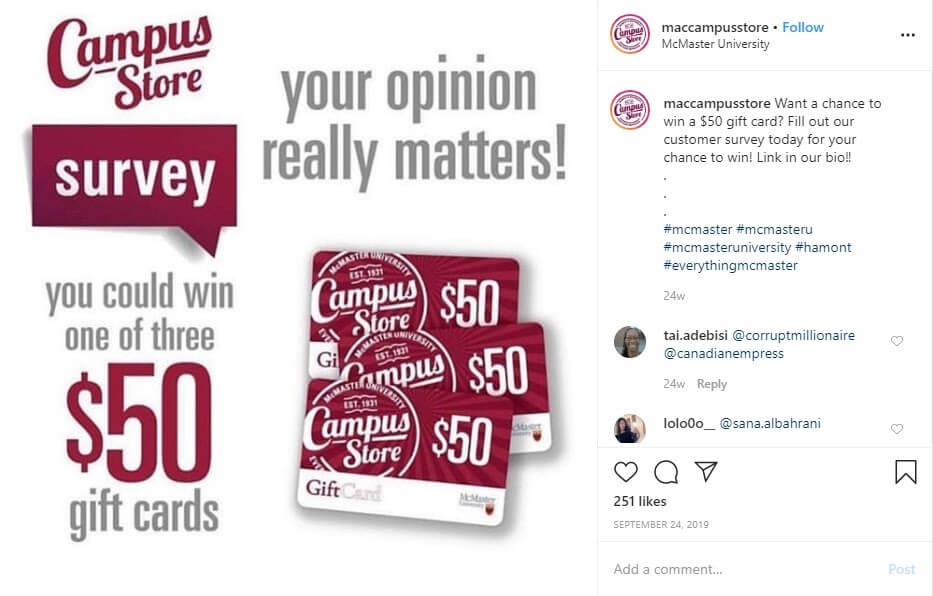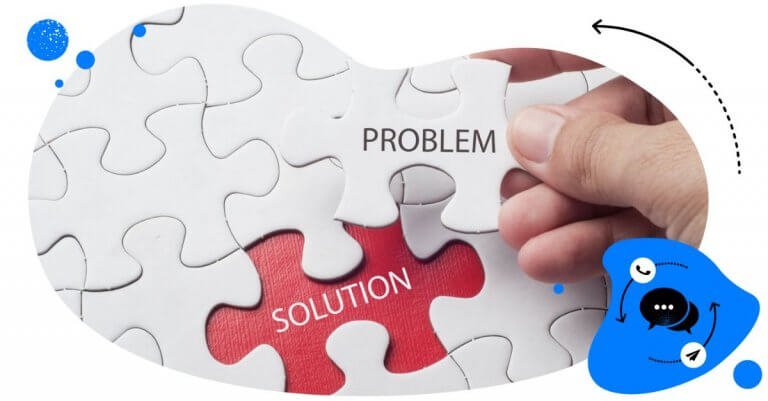Back in December 2019, when the new disease COVID-19 appeared in China, no one could have predicted that the coronavirus outbreak would become a pandemic and affect businesses of all sizes and shapes around the globe. Today, almost all businesses expect to face related issues, so having a social media crisis management plan is not optional these days.
But the coronavirus outbreak is, of course, not the only reason why a social media crisis can occur and hit your company. With more than 3.8 billion social media users worldwide, modern customers share their customer experiences—both good and bad—across various social media channels. Not only do people want to help other customers make the right purchase decisions – they also want to help businesses become better.
Case in point:
On April 30, 2019 singer SZA tweeted that one Sephora employee suspected her of shoplifting and called security on her. Not only did the Tweet get 71k likes and 9.5k retweets, but social media users also started spreading the news on their profiles, calling the employee disrespectful or accusing them of racial profiling.
The next day Sephora replied to SZA’s, demonstrating that they pay close attention to what people were saying online. Showing that they were ready to start a conversation and make things right helped to save the brand’s reputation.
The bottom line? Brands must be active on social media platforms to establish connections with customers and followers, and prevent potential crises. Seeing how useful social platforms are for businesses, it’s no wonder that the popularity of social media marketing continues to rise. The trend is visible across platforms. According to the Social Media Marketing Industry Report, Facebook (97%), Instagram (78%), Twitter (57%), YouTube (54%), and LinkedIn (46%) are the most popular networks for businesses to have a social media account.
So, whether you’re a business owner, a marketer, or a social media manager, it’s important to know everything about social media crisis management and be ready to answer high volumes of comments and messages, meeting the users’ expectations regarding response times and customer service standards.
What is social media crisis management?
According to the Institute for Public Relations, crisis management is a process designed to prevent or lessen the damage a crisis can inflict on an organization.
When it comes to crisis management on social media, it’s important for businesses to plan ahead, because critical situations go viral faster on social channels than in traditional media. In other words, this means your social media strategy should include readily available solutions for when a crisis happens.
Why should you get ready for a social media crisis in advance?
For many reasons, crisis planning is important. For example, it helps you:
- Educate your team members: Whether you have a team of in-house social media managers or you hire freelance social media moderators, it’s important to tell your employees how to detect a crisis in its early stages and react, swiftly solving customer requests. Having a social media crisis plan keeps everyone on the same page and allows you to make up pre-approved replies for all employees who represent your company on social media channels.
- Deliver timely customer service: When it takes days or weeks to get a response from a company, people lose interest in the brand. In fact, 37% of people who call out brands on social media expect to get a response in under 30 minutes. When you’re ready for a social media crisis, your team knows how to answer common questions and is able to provide customer service faster.
- Protect your brand reputation: Although it’s difficult to predict a social media crisis, you can protect your brand reputation once issues happen. How? Identify your company’s core values and principles in advance. It’s a great way to build your brand’s tone of voice and create a communication guide that can save your brand reputation when worst comes to worst.
- Choose a relevant social media management tool: In both everyday and crisis communications, your company must be ready to keep track of all the direct messages, mentions, and comments you receive. When preparing for a social media crisis ahead of time, choose a social media management tool that will help you with all the above while suiting your needs, wants, and budget. NapoleonCat, for example, will help you manage multiple social media accounts and handle any volume of comments and messages in real-time, from just one place.
So, do you want to master social media crisis management? We’ve gathered 7 proven tips and examples that will help you spot potential issues in advance and solve problems fast.
Let’s dive in!
1. Know your target audience
No matter what your business niche is, identifying and understanding your target audience is crucial for success. In fact, dissatisfied customers typically tell up to 20 other people about their experience, so you need to know your target audience from A to Z to avoid missing the mark when addressing your potential customers’ pain points.
What’s more, knowing your target audience will help you meet their expectations, which in turn is an important element of avoiding public social media crises.
Luckily, the majority of social media channels have audience insights that can help you understand your fans and their preferences. But if you want to go the extra mile, you can use an external tool like NapoleonCat to get in-depth data on audience analytics for multiple accounts across social media platforms.
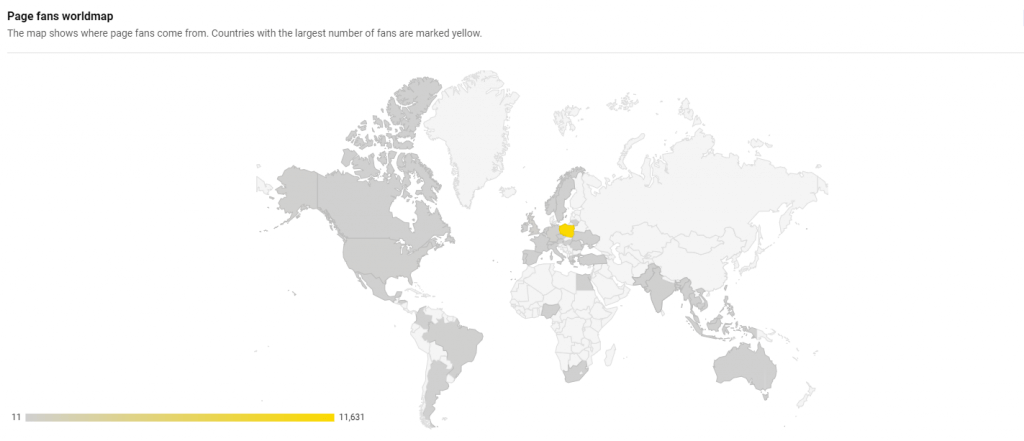
Pro tip: To understand your target audience better, publish interactive content that encourages your social media followers to share their thoughts on your business. Instagram Story stickers are great for this purpose!
2. Use quick replies
When it comes to social media crisis management, quick responses are key. They help ease the worried minds of customers, and can ultimately save your brand’s reputation. If your followers ask the same questions often, you can use quick replies to create a list of canned responses that will help you avoid manually typing out the same response again and again to different people, effectively saving your team a lot of time.
Facebook Messenger, Twitter, and Instagram have in-app quick reply features, but you can also manage all comments and direct messages from various platforms in one place with NapoleonCat. The tool’s Saved Replies functionality allows you to create pre-approved answers to common inquiries and send them directly from the tool’s customer service solution, the Social Inbox. See how it works:
In short, NapoleonCat helps you:
- Answer customers directly from the Social Inbox and categorize interactions: assign sentiment, tag messages and users, add internal notes
- Use the Automoderation feature to save time dealing with common questions and generic comments quickly – and improve your response rates
- Work on issues as a team; every social media comment or message is a ticket that you can assign to a team member with internal notes or send to a supervisor with a review request.
Pro tip: When creating a list of quick replies, use your FAQ page as a point of reference or analyze your business’s Google Q&A section. Both can help you understand what common questions your customers ask often.
3. Prepare a crisis communication plan
To ensure that all team members who handle direct messages and comments can solve customer complaints in compliance with your voice and strategy, it’s important to create a social media crisis management plan that works well for your company.
A crisis communication plan explains how to handle issues and it allows team members to take action and prevent things from getting out of control without spending too much time on figuring out solutions.
But where should you start? When it comes to working on a crisis plan, you need to identify five steps that may occur and get ready for each of them in advance:
Having a crisis communication plan is vital, but even with a solid strategy in place, your team may still need advice from time to time. If you use NapoleonCat, you can easily work with other team members on individual issues, i.e. you can assign the ticket to a team member, add a comment, tag the message, and mark its sentiment. Plus, there’s the “send to consult” feature that allows NapoleonCat users to ask other team members for advice.
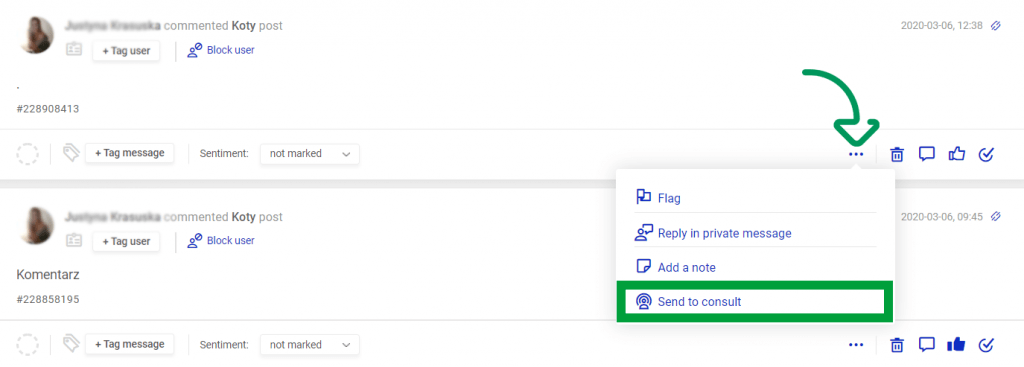
Pro tip: To help your team members resolve issues effectively and efficiently, it’s a good idea to create an ebook for internal use that includes a set of guidelines and prepares your team for an emergency or unexpected event.
4. Listen to your fans on social media
As mentioned before, modern consumers are not shy to share their customer experiences and express their thoughts on the products or services they use. Given the popularity of social media platforms, it’s easy for customers to share their thoughts on social media accounts without interrupting their daily online routines. Thus, people often comment on brands’ social media posts to raise issues.
Here’s what it can look like:
However, monitoring social accounts might not be enough to avert a crisis. 96% of those who discuss your brand online don’t follow you on social media. This means you need to use social listening tools to catch the early signs of dissatisfaction posted across the web.
An effective social listening strategy should include live monitoring of social media feeds for trending topics, competitor activity, and company mentions. All of these can help you learn more about negative customer experiences and start working on issues before they turn into crises and go viral on social media.
Pro tip: To keep track of brand mentions, use social listening tools and hire freelance moderators who can monitor social media accounts 24/7, even during the holidays.
5. Provide solutions in a timely manner
The variety of businesses on the market increases customer demands. Today, modern customers have neither the time nor the desire to wait for solutions to their problems. Not only do dissatisfied customers quickly lose interest in your brand, but their complaints also turn off other potential customers from choosing your company. Simply put, urgent comment moderation matters.
Let’s take Whole Foods Market, for example. When Whole Foods announced its Cheese Nights series on social media, the company couldn’t have predicted it would attract dissatisfied customers who flocked to share their negative customer experiences in the comment section:
The bottom line? Collecting customer feedback isn’t enough to make your customers happy; people want your brand to consider their thoughts and make adjustments based on the feedback. In fact, GetVoIP found that customers are 97% more likely to be loyal to your company if you implement customer feedback.

Keep track of customer feedback
Deliver timely responses to customers in social media. Manage unlimited Facebook, Instagram, Twitter LinkedIn, and Google My Business pages in a single inbox.
Try NapoleonCat free for 14 days. No credit card required.
6. Handle negative comments
No matter how good your product is, it’s nearly impossible to keep all customers satisfied. And since most modern consumers are active on social media, they often share negative comments on theirs or your profiles to help others make the right purchase decisions.
At first blush, it might seem tempting to ignore, hide, or delete negative comments. However, it can ruin your brand reputation and turn a fairly benign social media complaint into a disaster.
In fact, when customers post negative opinions online, they want to be heard, so it’s important to handle negative comments with empathy. Here’s how Dunkin’ deals with issues on Twitter:
Not only did Dunkin’ apologize for the inconvenience, but the company also provided a solution to the problem. This approach helps to turn a dissatisfied customer into a happy one and show other people that you take care of your patrons.
Sometimes companies provoke negative comments without realizing it. It’s no secret that most social media marketers create and plan content in advance. However, such an approach can affect your business negatively if you don’t keep up to date with current events and global news.
For example, the currently unfolding COVID-19 pandemic isn’t the best time to be snarky or sarcastic, promote your flights or trips, or share posts on how to attract local customers to your restaurant. Posting such content would showcase ignorance and likely turn your following against you. Thus, it’s important to revise your calendar of scheduled posts to avoid unwittingly posting insensitive content.
Pro tip: To encourage your dissatisfied customers to give your product a second try, it’s a good idea to offer gift certificates that help increase brand loyalty and trust.
7. Encourage followers to share feedback
There’s no better way to get ready for a social media crisis than teeking track of whether your customers are satisfied or dissatisfied with your product or service, and having an understanding of their general experiences with your company. In other words, it’s important to encourage followers to share their feedback with you. And social media are the perfect setting to do so – when people follow you on social, 96% of them are more likely to join the conversation with your brand.
For example, Mac Campus Store decided to share a customer survey on their social media profiles and invite followers to participate for a chance to win a $50 gift card.
Here’s how M&Ms uses social media polls to gather customer feedback on their favorite flavors:
With engaging, popping visuals, you can attract more engagements and thus organically spread the word about your poll. If you don’t have an in-house team of designers, many graphic design tools are available to help you get the job done.
Pro tip: Use interactive features like polls to make it more interesting for your fans to share their thoughts and see real-time results.
Conclusion
From negative comments to defamatory images, social media crises come in various shapes and forms. You never know when the next social media crisis will strike as crisis-related behaviors most often happen spontaneously.
That’s why getting ready in advance is a must and social media crisis management strategies really matter. With a proper response plan that will allow you to solve any potential issue with ease, you can save your brand reputation and stay ahead of your competitors.
